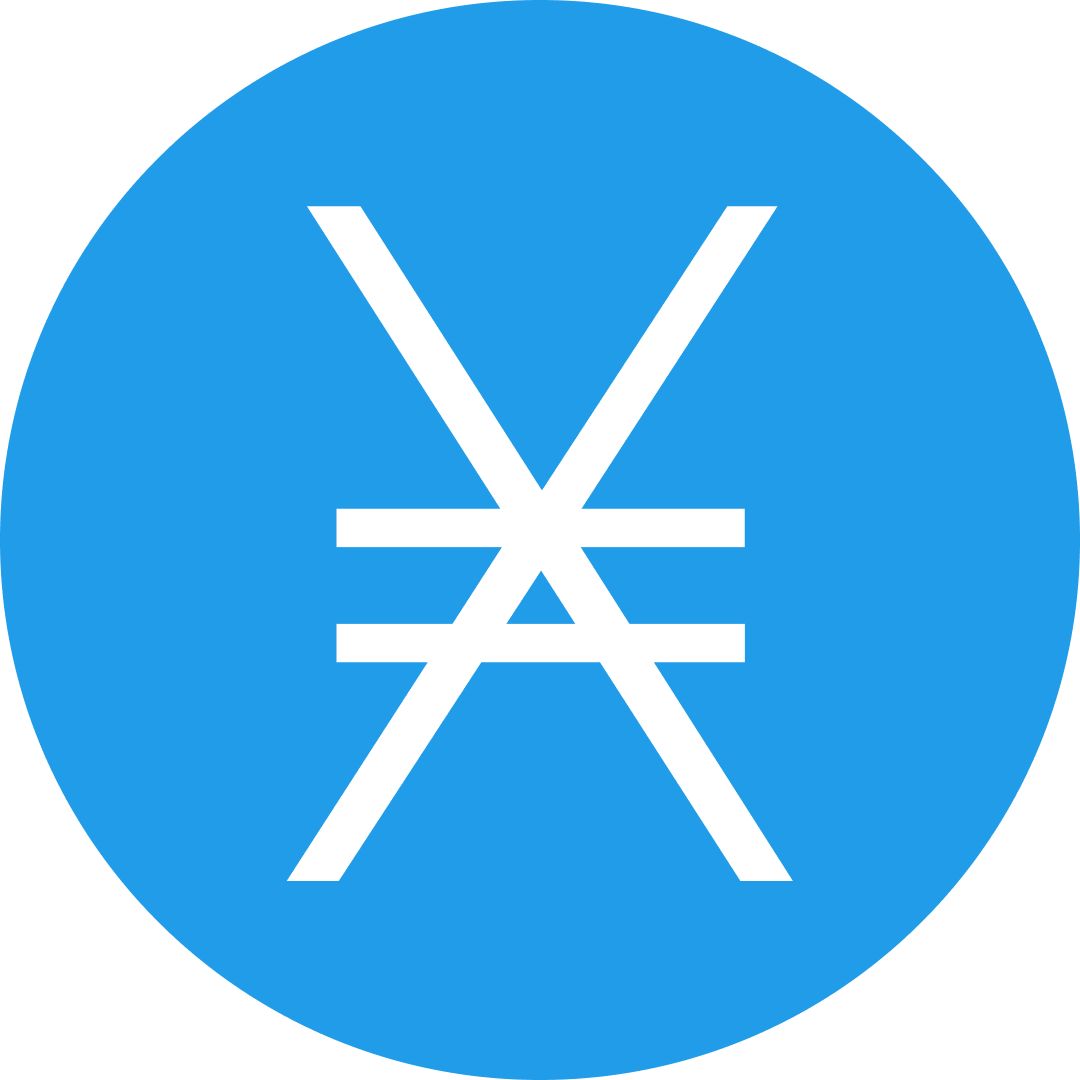-
 bitcoin
bitcoin $102877.190955 USD
1.88% -
 ethereum
ethereum $3430.435064 USD
4.52% -
 tether
tether $0.999264 USD
-0.05% -
 xrp
xrp $2.307310 USD
4.49% -
 bnb
bnb $987.740692 USD
3.82% -
 solana
solana $161.947760 USD
3.97% -
 usd-coin
usd-coin $0.999712 USD
-0.05% -
 tron
tron $0.292810 USD
2.93% -
 dogecoin
dogecoin $0.179738 USD
10.70% -
 cardano
cardano $0.580716 USD
8.75% -
 hyperliquid
hyperliquid $42.463448 USD
8.40% -
 chainlink
chainlink $15.763437 USD
7.05% -
 zcash
zcash $649.595636 USD
17.21% -
 bitcoin-cash
bitcoin-cash $511.610261 USD
7.19% -
 stellar
stellar $0.292537 USD
7.91%
Programmatic contract transactions using Python
Programmatic contract transactions automate interactions with blockchain networks by executing smart contracts using a programming language, like Python, for increased efficiency, customization, and cost savings.
Feb 22, 2025 at 12:42 pm

- Understanding programmatic contract transactions
- Benefits of using programmatic contract transactions
- Prerequisites for programmatic contract transactions
- Steps for programmatic contract transactions using Python
- Debugging and error handling in programmatic contract transactions
- Best practices for programmatic contract transactions
- Examples of programmatic contract transactions
Programmatic contract transactions are automated interactions with a blockchain network, where smart contracts are executed using a programming language. Unlike manual transactions initiated through a wallet interface, programmatic transactions are executed through custom-written code, allowing for complex interactions and the automation of routine tasks.
2. Benefits of Using Programmatic Contract Transactions- Automation: Automate repetitive or time-consuming tasks, such as portfolio rebalancing or arbitrage trading.
- Efficiency: Reduce human error and increase the speed of transaction execution.
- Customization: Tailor transactions to specific needs, such as customized order types or complex trade strategies.
- Cost Savings: Eliminate intermediary fees associated with manual transactions.
- Enhanced Control: Gain direct control over the transaction process and access advanced features not available through standard wallets.
- Blockchain Development Knowledge: Familiarity with blockchain fundamentals, smart contract concepts, and the relevant programming language.
- Blockchain Network Access: Node or API connectivity with the blockchain network to send and receive transactions.
- Smart Contract Deployment: Deploy the relevant smart contracts on the blockchain and obtain their addresses.
- Programming Environment Setup: Install the required programming language and any necessary libraries.
- Establish a connection to the blockchain network using a node or RPC client.
- Use libraries like web3 or Etherscan to simplify the connection and transaction processes.
- Define the transaction parameters, including the recipient address, value, and any data needed for the smart contract call.
- Sign the transaction using the private key associated with the sender's wallet.
- Broadcast the signed transaction to the blockchain network using the connected node.
- Wait for the transaction to be confirmed by multiple nodes and included in a block.
- Track the status of the transaction using web3 or other transaction monitoring tools.
- Debug and troubleshoot any errors that may occur during the transaction process.
- Thorough Testing: Execute the code on different scenarios and test conditions to identify and resolve any potential issues.
- Logging and Tracing: Enable logging to record all transaction-related events and trace the execution path for debugging purposes.
- Error Handling: Implement robust error handling routines to catch and handle exceptions, such as failed connections or invalid transactions.
- Monitoring and Alerts: Set up alerts to monitor the performance of the programmatic transactions and notify in case of any anomalies.
- Security: Always prioritize the security of the private keys and the smart contracts used in the transactions.
- Efficiency: Optimize the code to minimize gas costs and transaction latency.
- Modularity: Break down complex transactions into smaller modules to facilitate maintenance and debugging.
- Documentation: Thoroughly document the code and transaction process for readability and future reference.
- Security Auditing: Engage in regular security audits to identify vulnerabilities and improve the overall security of the process.
- Automated Portfolio Rebalancing: Automatically adjust the allocation of assets within a portfolio based on predefined rules.
- Arbitrage Trading: Scan for and execute arbitrage opportunities across multiple exchanges in real-time.
- Token Distribution: Distribute newly issued tokens to multiple recipients based on specified criteria.
- Multi-Signature Transactions: Facilitate transactions requiring the approval of multiple authorized parties.
- Custom Order Types: Create and execute customized order types, such as stop-loss orders, using smart contracts.
A: Python's versatility, simplicity, and extensive library support make it a popular choice for blockchain development. Web3, a Python library, simplifies the process of interacting with blockchain networks, creating transactions, and managing smart contracts.
Q: How do I secure programmatic contract transactions?A: Prioritize the security of your private keys and smart contracts by implementing strong encryption mechanisms, regular security audits, and a robust error handling strategy. Monitor transactions closely to detect any suspicious activities.
Q: What is a Solidity smart contract?A: Solidity is a high-level programming language specifically designed for developing smart contracts on the Ethereum blockchain. Smart contracts are self-executing contracts that run on the blockchain, enabling the creation of decentralized and automated applications.
Q: How can I estimate the gas cost of programmatic contract transactions?A: Use gas estimation tools provided by web3 or other blockchain utilities. These tools help you calculate the transaction cost before execution, allowing you to optimize the efficiency of your transactions.
Q: Where can I learn more about programmatic contract transactions?A: Refer to the documentation for the web3 library, explore online tutorials and resources for blockchain development, and join relevant community forums for sharing knowledge and troubleshooting.
Disclaimer:info@kdj.com
The information provided is not trading advice. kdj.com does not assume any responsibility for any investments made based on the information provided in this article. Cryptocurrencies are highly volatile and it is highly recommended that you invest with caution after thorough research!
If you believe that the content used on this website infringes your copyright, please contact us immediately (info@kdj.com) and we will delete it promptly.
- Ripple (XRP) in 2026: Hold or Fold? A Look at XRP's Future and Emerging DeFi Alternatives
- 2025-11-08 18:35:01
- Zcash ZEC Coin Price Explosion: From Privacy Niche to Center Stage
- 2025-11-08 18:55:01
- Berachain Price Prediction: Navigating the Honeycomb Hype in Crypto
- 2025-11-08 18:55:01
- Arthur Hayes, Gold, and Bitcoin: A Modern Monetary Trinity?
- 2025-11-08 19:15:01
- Shiba Inu's Next Move: Navigating a Shifting Market
- 2025-11-08 19:20:01
- Pakistan's Crypto Crossroads: Balancing Opportunity with Asset-Backed Realities
- 2025-11-08 19:20:01
Related knowledge

What is a state machine and how can a contract be designed as one?
Nov 08,2025 at 02:19pm
Understanding State Machines in Blockchain Context1. A state machine is a computational model used to design systems that transition between defined s...

How do you upgrade a smart contract using the UUPS proxy pattern?
Nov 09,2025 at 01:19am
Understanding the UUPS Proxy Pattern in Smart Contract DevelopmentThe UUPS (Universal Upgradeable Proxy Standard) pattern has become a cornerstone in ...

How do you handle fixed-point math and decimals in Solidity?
Nov 08,2025 at 11:40pm
Understanding Fixed-Point Arithmetic in Solidity1. Solidity does not natively support floating-point numbers, which means developers must rely on fixe...

What is the role of a transaction nonce and why must it be sequential?
Nov 09,2025 at 01:00am
Understanding the Transaction Nonce in Blockchain Systems1. A transaction nonce is a number used once, associated with a user's account in blockchain ...

What is a front-running attack and how can it be mitigated in smart contracts?
Nov 08,2025 at 11:20am
Understanding Front-Running in Blockchain Transactions1. In the context of blockchain and decentralized applications, a front-running attack occurs wh...

What is IPFS (InterPlanetary File System) and how is it used for storing NFT metadata?
Nov 08,2025 at 06:00pm
Understanding IPFS and Its Role in Decentralized Storage1. The InterPlanetary File System (IPFS) is a peer-to-peer hypermedia protocol designed to mak...

What is a state machine and how can a contract be designed as one?
Nov 08,2025 at 02:19pm
Understanding State Machines in Blockchain Context1. A state machine is a computational model used to design systems that transition between defined s...

How do you upgrade a smart contract using the UUPS proxy pattern?
Nov 09,2025 at 01:19am
Understanding the UUPS Proxy Pattern in Smart Contract DevelopmentThe UUPS (Universal Upgradeable Proxy Standard) pattern has become a cornerstone in ...

How do you handle fixed-point math and decimals in Solidity?
Nov 08,2025 at 11:40pm
Understanding Fixed-Point Arithmetic in Solidity1. Solidity does not natively support floating-point numbers, which means developers must rely on fixe...

What is the role of a transaction nonce and why must it be sequential?
Nov 09,2025 at 01:00am
Understanding the Transaction Nonce in Blockchain Systems1. A transaction nonce is a number used once, associated with a user's account in blockchain ...

What is a front-running attack and how can it be mitigated in smart contracts?
Nov 08,2025 at 11:20am
Understanding Front-Running in Blockchain Transactions1. In the context of blockchain and decentralized applications, a front-running attack occurs wh...

What is IPFS (InterPlanetary File System) and how is it used for storing NFT metadata?
Nov 08,2025 at 06:00pm
Understanding IPFS and Its Role in Decentralized Storage1. The InterPlanetary File System (IPFS) is a peer-to-peer hypermedia protocol designed to mak...
See all articles





















![The Graph Price Prediction [GRT Crypto Price News Today] The Graph Price Prediction [GRT Crypto Price News Today]](/uploads/2025/11/07/cryptocurrencies-news/videos/690d4df44fe69_image_500_375.webp)



















































